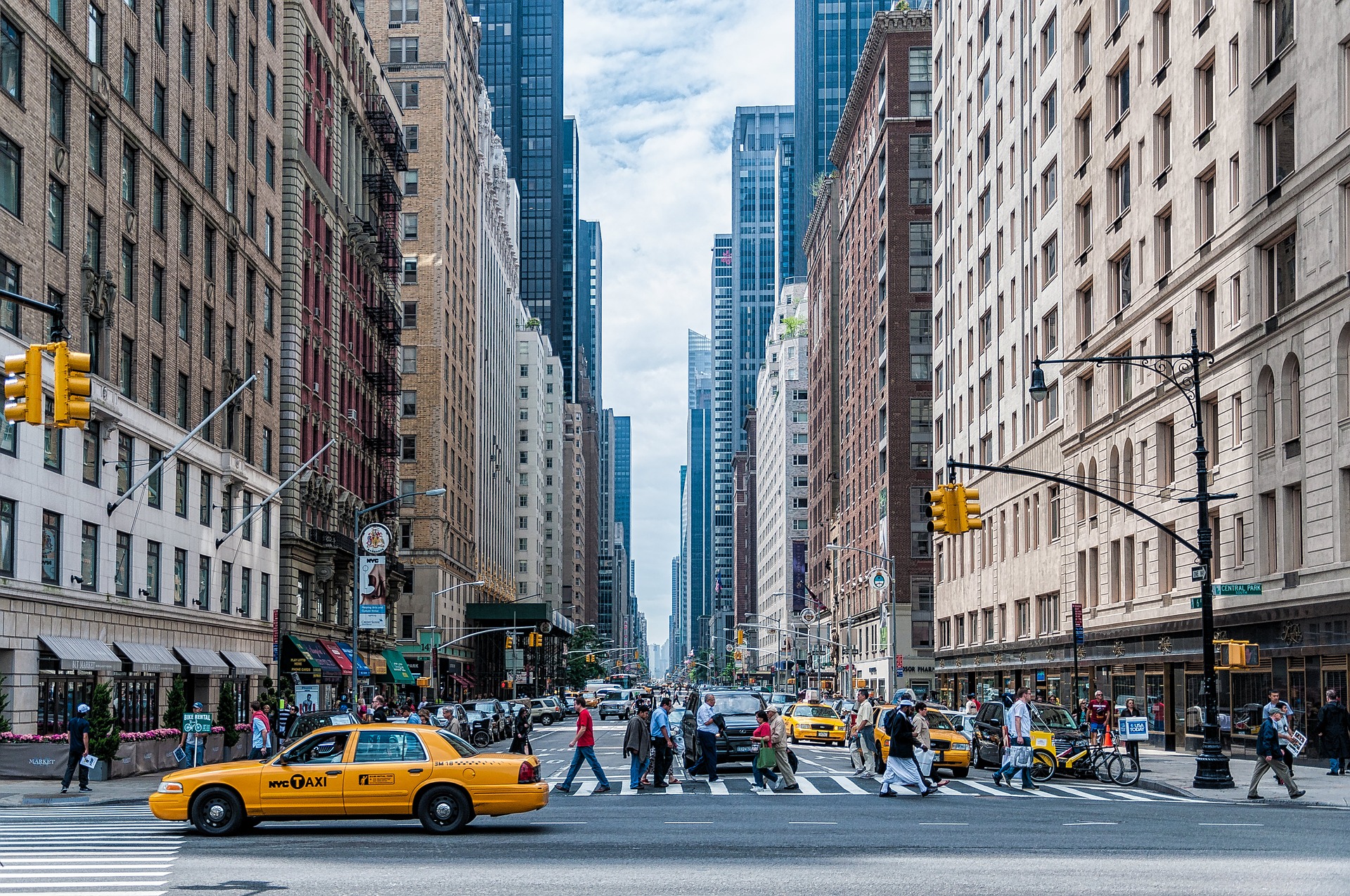As the State of New York tackles some of the most ambitious environmental goals in the world, below we share highlights from the Young Professionals in Energy's summary of the PEAK Coalition's report. Check out the Young Professionals in Energy’s NYC chapter. The chapter is doing amazing work, stimulating collaboration within the energy sector.
- The PEAK Coalition is made up of three environmental justice groups––UPROSE, THE POINT CDC, and New York City Environmental Justice Alliance (NYC-EJA)––as well as the New York Lawyers for the Public Interest (NYLPI), and Clean Energy Group (CEG).
- The problem Fossil-fuel peaker plants in NYC are generally…
- High polluting
- Located in under-resourced communities and environmental justice communities
- Old, with the oldest built in 1954 and many built in the 60s and 70s
- Expensive, resulting in peak electricity in NYC costing in some instances up to 1,300% higher than the average cost of electricity in NY
- The solution (as stated in the report): Peaker plants should be replaced with localized renewable energy generation and battery storage in order to…
- Reduce GHG emissions
- Reduce energy bills
- Improve public health and equity
- Make the energy system more resilient to the impacts of climate change
- Background on NYC peaker plants:
- Ownership: 7 of the 18 peaker power plants operating in NYC are owned by three private, out-of-state companies (ArcLight Capital, NRG Energy Inc, and LS Power Group). The rest are owned and operated by Con Ed and NYPA.
- In 2000, NYPA expedited the siting of new peakers without full environmental review.
- Run-time: On average, NYC peakers run 6% of the time (500hrs/yr).
- Emissions and health: Peakers, particularly older ones, emit a higher level of pollutants relative to the electricity they generate. When operating, they can account for over ⅓ of NY’s daily power plant NOx emissions.
- Emissions from peakers have contributed to serious public health problems (lung/heart conditions, asthma, complications relating to ozone exposure), particularly impacting low-income communities and communities of color.
- New research shows a direct correlation between long-term exposure to air pollution and significantly higher mortality in people with COVID-19.
- NY’s Energy Reliability Process:
- Resource Adequacy: process carried out by the NYISO to ensure that there is enough electricity supply available to meet current and projected demand.
- NYISO sets locational energy requirements for each zone.
- Regional utilities must secure the specified amount of energy for their estimated peak energy demand for that year.
- Peakers and the Capacity Market:
- In the NYISO capacity market, generators receive payments for their ability (or “capacity”) to provide electricity when needed, and are still paid even if they don’t ever actually have to generate it.
- Many peakers in NYC are being sustained through capacity payments, as they are too old and inefficient to make a profit in NYISO energy markets.
- These costs get passed on to ratepayers: capacity payments to peakers comprises about 5% of each customer’s total bill in NYC.
- The report estimates that peakers have collected, on average, over $450 million per year over the past decade in capacity payments
To go solar in New York, contact YSG Solar today. Send us an email, or call at 212.389.9215 and we will work with you to develop the ideal solar project for your needs. We operate in the residential, commercial, and community solar sectors.
YSG Solar is a project development vehicle responsible for commoditizing energy infrastructure projects. We work with long-term owners and operators to provide clean energy assets with stable, predictable cash flows. YSG's market focus is distributed generation and utility-scale projects located within North America.
Sources:

